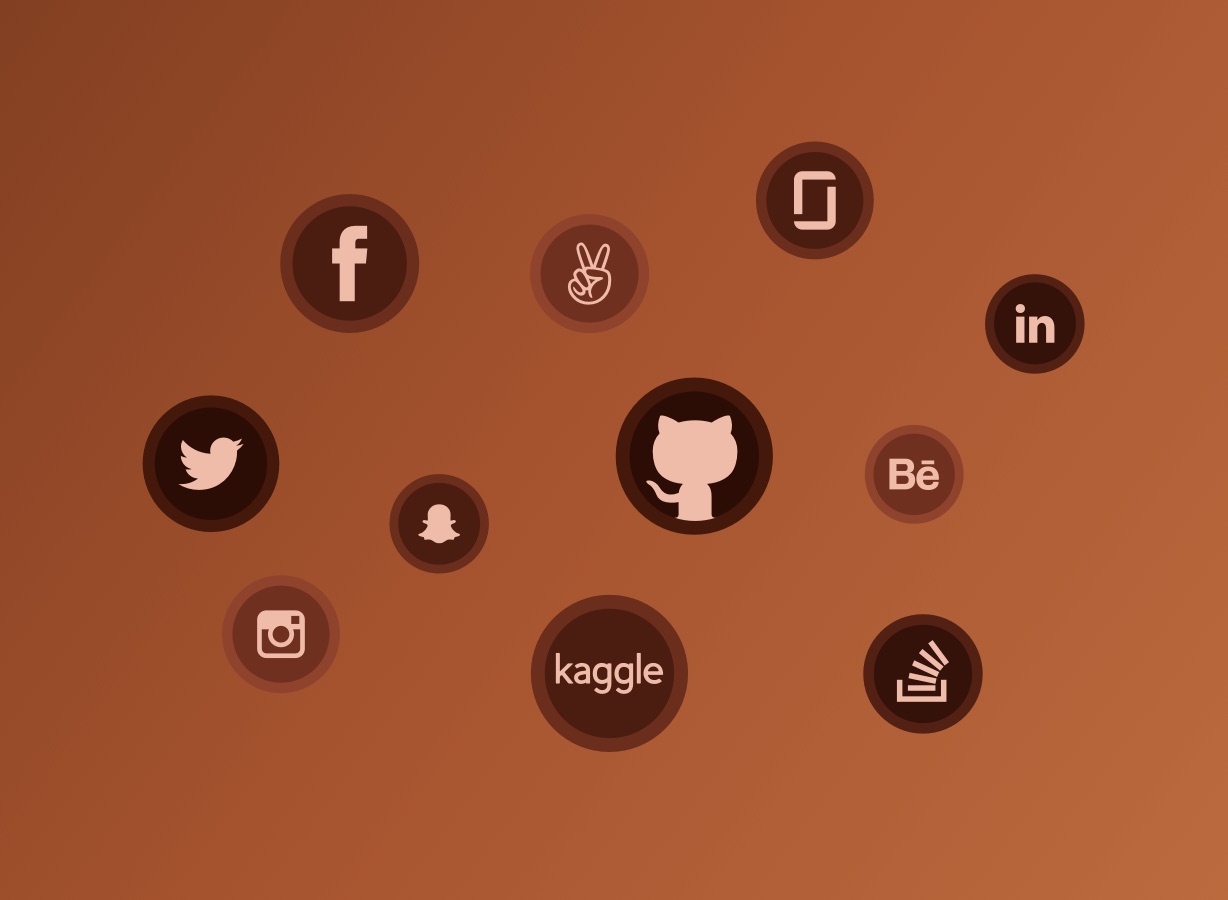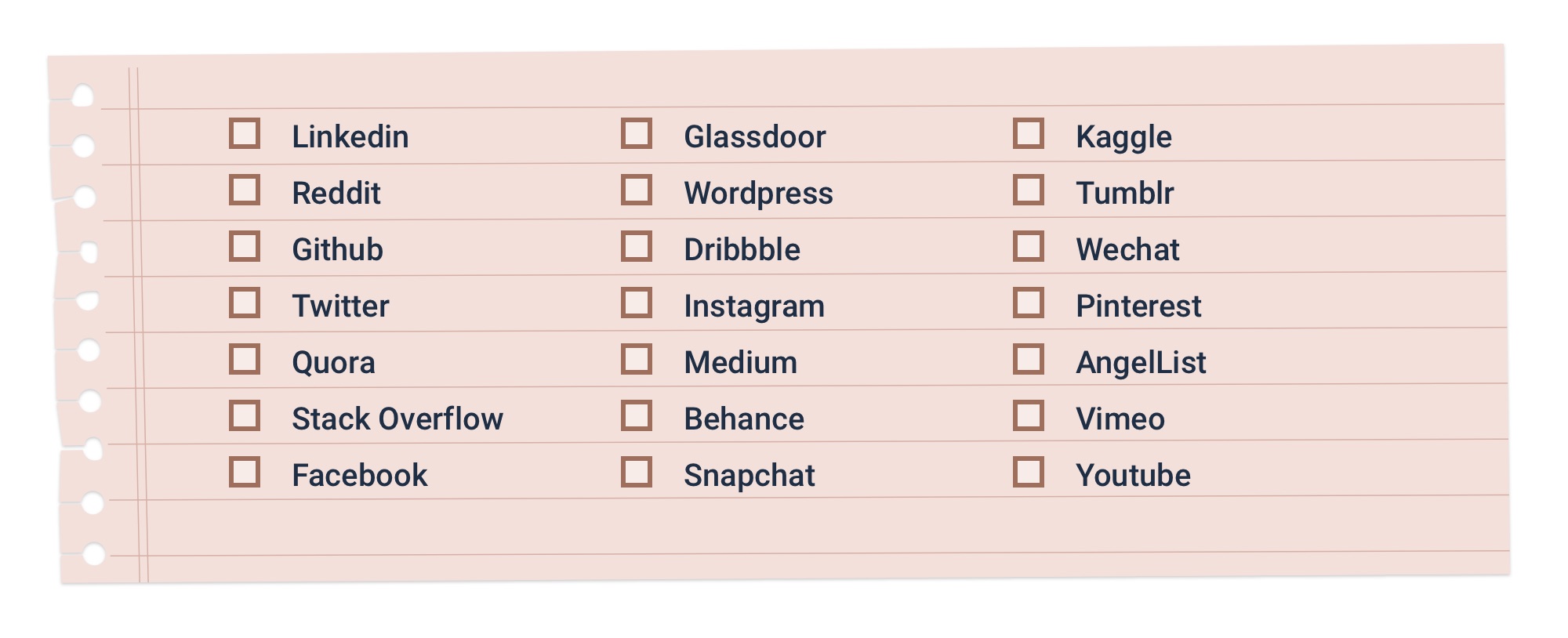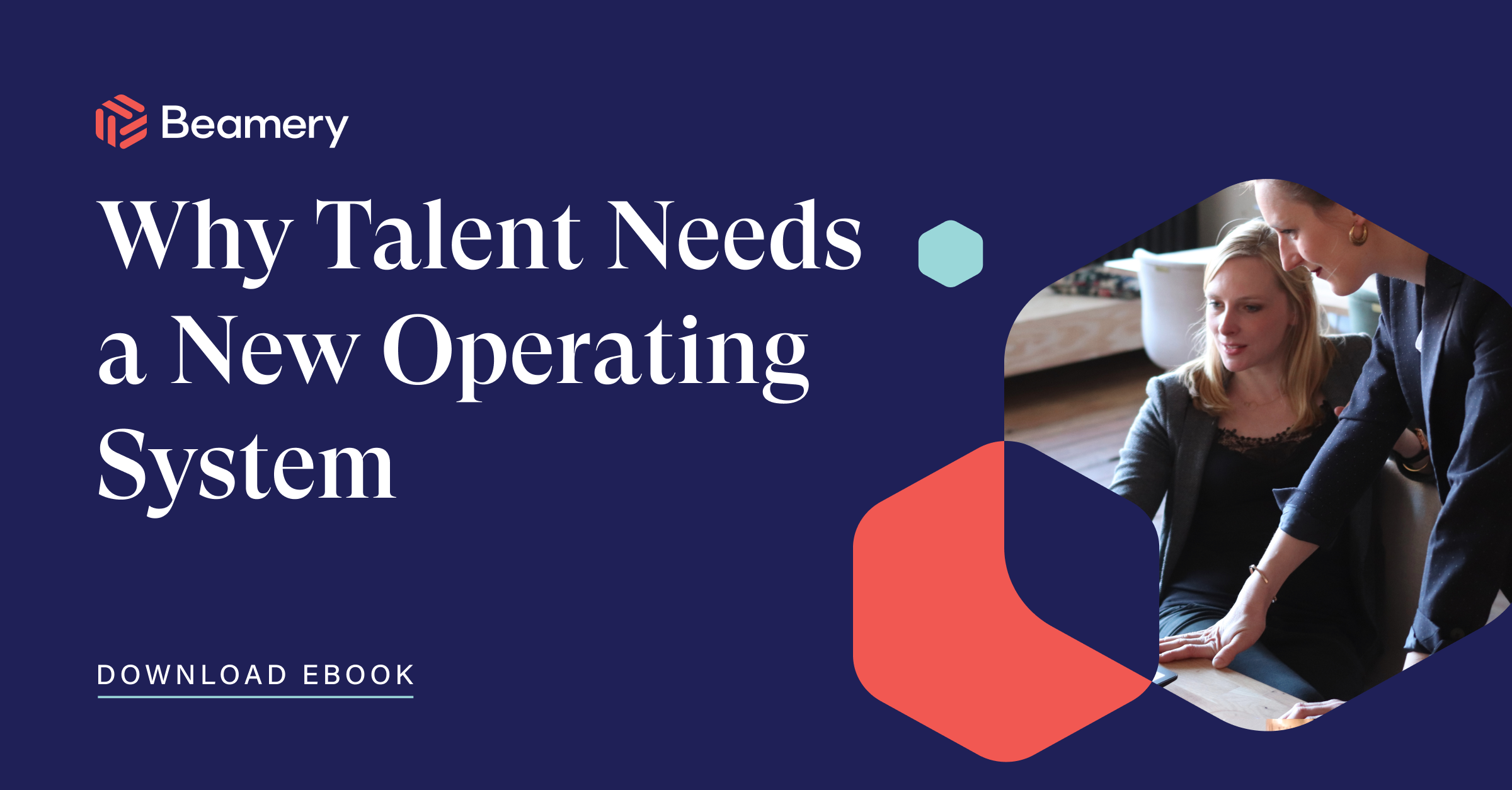Candidate Data Sources: the Recruiter’s Checklist

How many sites do you use as candidate data sources? Five, fifteen… or 84?
The exact number doesn’t matter, of course, but it does helps when it’s on the higher end of the spectrum, because whether we like it or not, with a technical activity like sourcing, numbers matters.
The data collected by your sourcers today might be mostly from past or current applications, resumes collected at job fairs or networking events, and even the occasional manual entry after a phone conversation. But think for a second about the information that is actually available online. Compared to what’s on a resume or in a recruiter's notebook, it’s a much, much larger database.
Quantity is important….
An engineering team suddenly has an open Quality Assurance role that is critical to its ability to deliver on yearly goals, and turns to you for help. Now, being the proactive kind of Talent Acquisition leader, you don’t need more than a few minutes to put together a sizeable pool of engineers that seem to have the right skills for the job.
The problem is, your recruiters don’t have time to get on the phone with dozens of people to try and identify the best person to feed through the interview process. You’re not just hiring for a set of skills; this engineer will have to build trust with his team, adapt to your company’s culture, and feel motivated to keep growing and learning within her role.
This is where having multiple candidate data sources comes in. If all you have to go on are resumes and cover letters, you might have to stick to the safest options: go with a few people who have the most impressive brands or titles, and hope they will be a good fit otherwise.
However, if you have a more complete picture of these leads through other candidate data sources, then the exercise might be less arbitrary.
You could score candidates based on the number or quality of projects or contributions in engineering communities like Github or Stackoverflow. You can identify the ones who have put time and energy into sharing knowledge with the wider public through blogs or Quora answers. You can target candidates who seem to embrace values that are in line with those of your company, or who have wider interests that might make them an interesting add to the team.
Having multiple candidate data sources is not only helpful in a time crunch, it also lets sourcing teams build targeted, personalized engagement strategies, from welcome emails to event invitations to job application prompts.
Not only that, it also allows TA teams to build a store of data-backed knowledge about their candidate pools: Where are they right now? What kind of information do they share about themselves? How are they using social media, professional platforms, online portfolios...etc? All of these trends can provide a deeper understanding of the talent market, and give your team an edge.
Competitive sourcing teams have processes and tools in place to tap into a fairly large number of candidate data sources, but we think a lot can be accomplished even by widening the net just a bit. We compiled the checklist below to get you started:

...but quantity is not everything
Having funnels coming out of multiple candidate data sources is great, but it’s not everything. Keeping all that data organized and easy to exploit is important, which is why you need to make sure it is collected cleanly and maintained regularly. Usually, most of that maintenance work can be automated with your Talent Engagement tools, so make sure to leverage those features.
Data enrichment from multiple candidate data sources
Enrichment uses a candidate’s email or public social URL to look for additional data publicly available in the web about that candidate. In Beamery, for example, the enrichment engine draws from the library of sources below:

Sophisticated sourcing teams are proficient at leveraging these candidate data sources, and are able to make better decisions by using them. It’s not a luxury anymore. Candidates have extremely rich professional lives online. Looking at that data means cutting out hours of interviewing and manual vetting, as well as a dramatic increase in quality of hire.
Data enrichment comes with a lot of advantages for both candidates and recruiters, but also with a lot of responsibility. Social media information, specifically, can lead us to make strongly biased decisions as recruiters, no matter how careful we are. Instead of using that additional information to make sure we don’t miss out on a great fit, we end up using it to ensure we’re making the “safest” hires.
Just because information is public doesn’t mean it should be considered in the context of a job application, so make sure that both your tools and your processes are compliant and non discriminatory, and don’t forget to ask candidates for consent when adding them to your database.
Proactive sourcing is a double-edged sword. On one hand, it has the advantage of opening up your potential pool to encompass the majority of the workforce. On the other, you’re suddenly inundated with a large number of candidates that are not necessarily easy to prioritize.
Sourcing scorecards, for example, are a good way to keep on top of the floodgate. Unsurprisingly, automation makes scaling up much, much easier, and it’s definitely worth the effort to automate at least part of the sourcing and scoring process.
The amount of data that we publicly share about ourselves online is staggering: dozens of apps and profiles on social media, forums, comments, resumes, forms... and yet, how much of that data do you use for every candidate you identify?
Having multiple candidate data sources can bring a lot of value to the hiring process, and help companies and candidates who match them meet faster. As long as we use it right, it can be a source of value for everyone involved. Exciting times ahead.
Why does a Talent Organization Need a Talent Operating System?
Top candidates have more options than ever before, and in such a competitive setting, every aspect of the recruiting experience matters. It's on the talent operations function to design the new way of working that will bring in the best talent.
